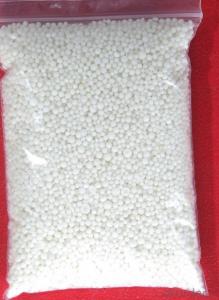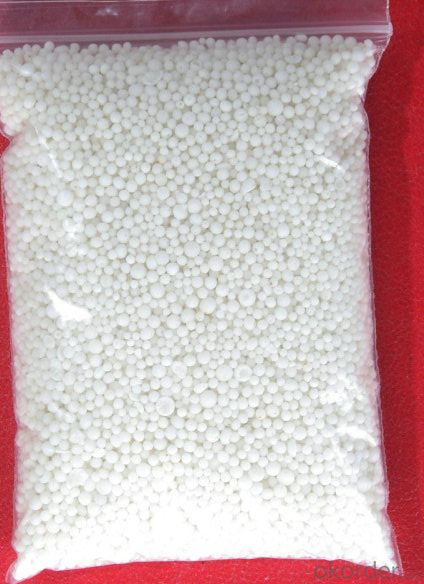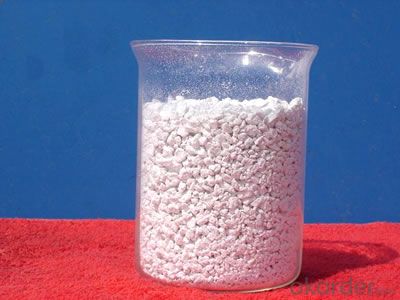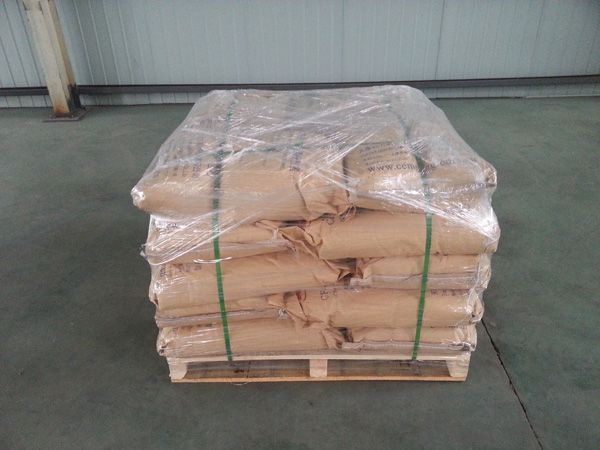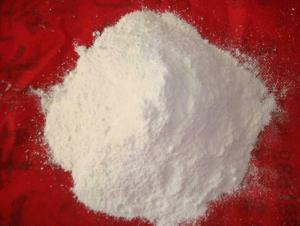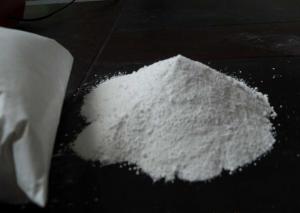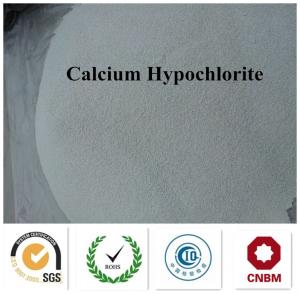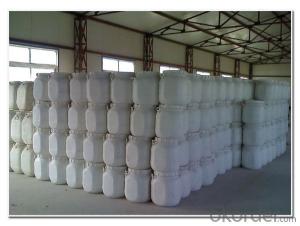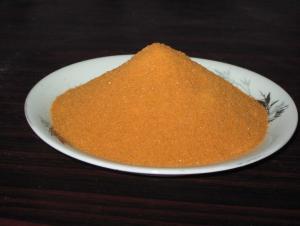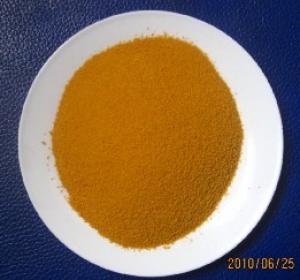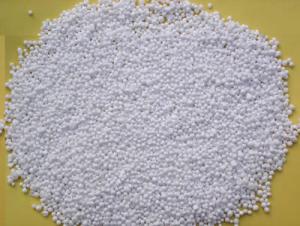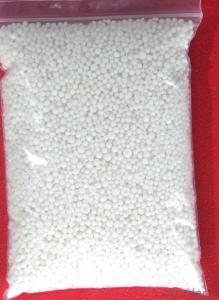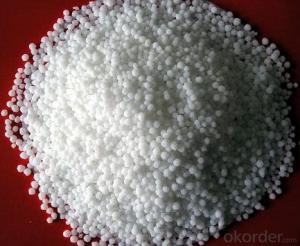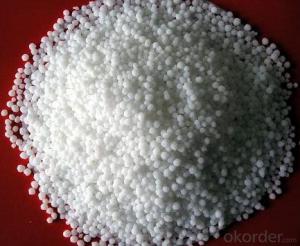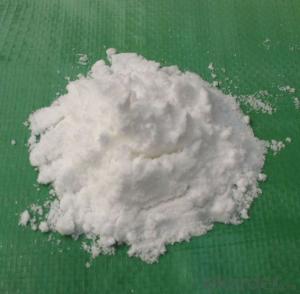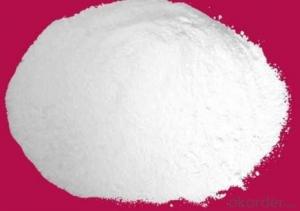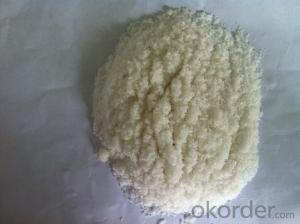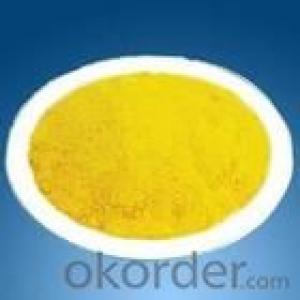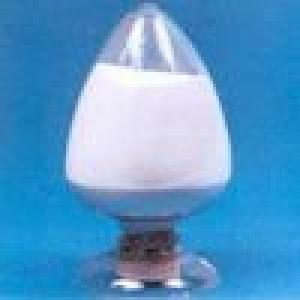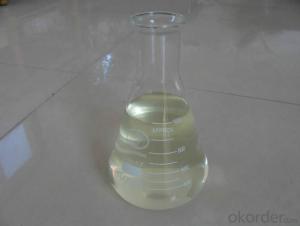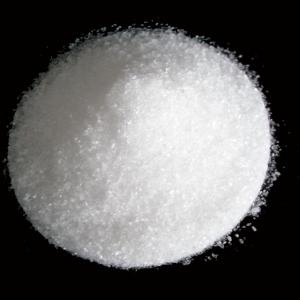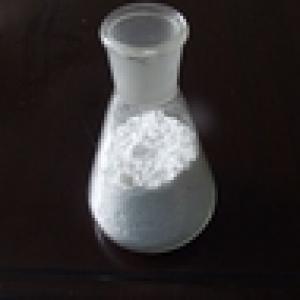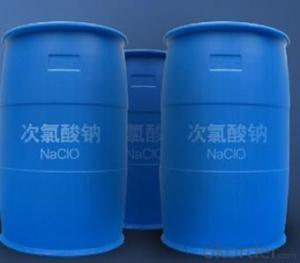Calcium Ammonium Nitrate Granular High Quality
- Loading Port:
- China main port
- Payment Terms:
- TT OR LC
- Min Order Qty:
- 1000 kg
- Supply Capability:
- 500000 kg/month
OKorder Service Pledge
OKorder Financial Service
You Might Also Like
Calcium Ammonium Nitrate
Description:
Technical standard : Q/140706CSC003-2005
Molecular Formula: 5Ca(NO3)2 .NH4·NO3.10H2O
Molecular Weight: 1440.75
Property: white ground particles water soluble
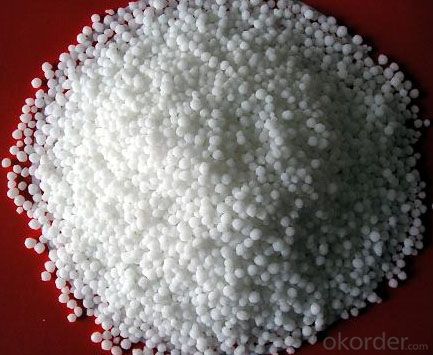
Use:
Nitrogen and available calcium is the new high efficiency compound fertilizer. the fertilizer fast, a fast
fill of nitrogen, which is widely used in greenhouses and large areas of agricultural land. can improve soil,
increase the aggregate structure of the soil is not agglomerated. in the cultivation of cash crops, Flowers,
fruits, vegetables and other crops, the fertilizer may be extended flowering period, prompting the root, stem, leaf normal growth, to ensure that the fruits bright colors, increased fruit sugar. is a highly efficient environment-friendly green manure.
Package:
25/50KGwoven bags or packed according to the requirements of customers..
Storage and transportation:
Seal storage in a cool, dry warehouse. Package must be sealed, moisture-proof. storage process to prevent rain and sun exposure.
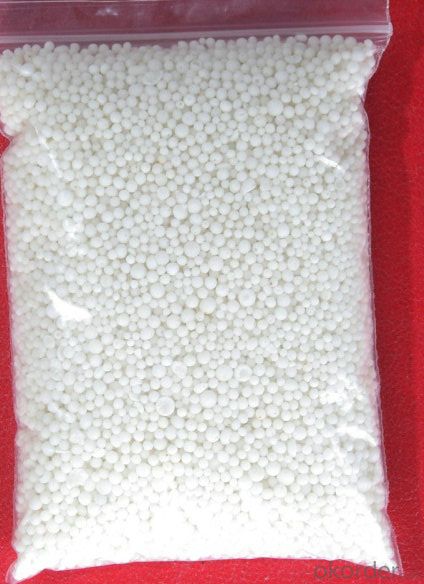
Quality Standard:
| Item | Index |
Calcium nitrate content | ≥76% |
Ammonium nitrate content | 8-11% |
Water | 10-12 |
Nitrates Content | 15.5 |
N content | 14-15% |
Ammonium N content | 1.2-1.8% |
Calcium content | ≥18.5% |
Water insoluble | ≤0.2% |
Iron | ≤0.005% |
Chloride | ≤0.02% |
Phosphate | ≤0.05 |
PHvalue | 5.6-6.8 |
Particles | 2-4MM |
FAQ
1.Q: What is MOQ?
A: Our MOQ is 1 TON.
2.Q: Could you offer free sample?
A: We can provide free samples to you for quality testing.
3.Q: What about your packing?
A: For liquid: Flexitank, or IBC tank 1000L
For powder:Woven fabric bag with plastic film liner( 25kg or 1000kg)
Clients’ packing is workable.
4.Q: How about your productive capacity?
A: 150000 tons/Year.
5.Q: What is your delivery time?
A: Within 7 days after received deposit or L/C at sight.
- Q: Nutritional characteristics of carbohydrates and inorganic salts in vegetables
- Carbohydrates include sugars, starches, cellulose and pectin substances. Its species and quantity, because of the types of food and varieties are very different.
- Q: Can you please help me with this question and give me a website reference.
- Many of these materials enter the water through natural channels---minerals, salts and the like come from exposure to rocks, dirt and other inorganic materials.
- Q: Do inorganic mercury salts bioaccumulate?
- Yes they do bioaccumulate. Mercury builds up for years and years, and eventually sits in a residue of pure mercury. - JJ
- Q: What cells produce the collagen and inorganic salts of bone matrix?
- Inorganic Salts In Bone
- Q: If you boil down salt to a vapor form and breathe it in, can it kill you? or do you have to mix it with another chemical for it to become deadly. (Or will the vapor be so hot it will burn your lungs)
- The boiling point of inorganic salts is extremely high due to the strength of their ionic bonds. The temperatures will kill you.
- Q: In order to prove that magnesium is an essential salt for soybean life, two soybean seedlings with the same growth status are taken, one of them is cultured in magnesium-containing culture medium and the other is cultured in (). A. Pure water B. Sand without sand. Water containing only magnesium. Media containing no magnesium
- Biological control experiments were the only variable experiments. The question that is being explored is the variable, and the other quantities are the same. In a different amount (conditions) the same circumstances to modify a data variable in order to get the data variables on the experimental changes in the law. In order to prove that magnesium is essential for the life of soybeans, the variable is the presence or absence of magnesium. Can be designed as a magnesium-containing culture medium and magnesium-free culture medium. The other amount of the same as the amount of culture medium, soybean seedling growth status, the same number, while placed in the same place, etc., to ensure that only one variable that is the presence of magnesium.
- Q: The inorganic portion of bone tissue is made of what complex mineral salt ?
- hydroxyapatite - Ca10(PO4)6.(OH)2 - which covers the calcium and phosphorous that are needed for bone development And just so you know, plants don't have "bones" - your question was posted in Botany.
- Q: Does the urine and urine contain inorganic salts? Anxious
- When the blood flows through the glomerular, in addition to blood cells and macromolecules of protein, the plasma part of the water, inorganic salts, glucose and urea and other substances, can be filtered through the glomeruli into the renal capsule, the formation of urine ; When the original urine through the renal tubular, which is useful for the human body substances, including most of the water, all the glucose and part of the inorganic salt, reabsorbed by the renal tubules, and into the capillaries outside the renal tube, To the blood; in the renal tubular reabsorption at the same time, renal tubular epithelial cells will produce substances (such as ammonia) secretion into the renal tubular bureaucratic, and the original urine of other waste, such as urea, part of the water and inorganic Salt, etc. from the renal tubular effusion, the formation of urine. Therefore, plasma, urine and urine are contained in the material is water, inorganic salts, urea.
- Q: As if there are two kinds of nitrogen, phosphorus and potassium, hoping to get answers and explain their respective roles
- According to the study, three essential conditions for determining the essential nutrient elements of the plant are: (1) This element is essential for the vegetative growth and reproductive growth of the plant. When it is completely absent, the plant can not complete its life cycle; The need for such elements is specific, other elements can not replace its role, the lack of plants will be a special lack of symptoms, only to meet this element, the symptoms will be eliminated; ⑧ this element must be in the plant from the body Direct effect, not just to improve the plant growth environment indirect role.
- Q: Would the amount of saltwater drops a penny surface could hold without spilling increase, or decrease, as the salt concentration increases? Also, maybe an explanation behind why it increases/decreases?Thank you!
- The source below says inorganic salts increase surface tension. In the present case increasing the concentration of salt (and so increasing the surface tension) would result in an increase in the number of drops being held on the surface of the penny.
Send your message to us
Calcium Ammonium Nitrate Granular High Quality
- Loading Port:
- China main port
- Payment Terms:
- TT OR LC
- Min Order Qty:
- 1000 kg
- Supply Capability:
- 500000 kg/month
OKorder Service Pledge
OKorder Financial Service
Similar products
Hot products
Hot Searches
